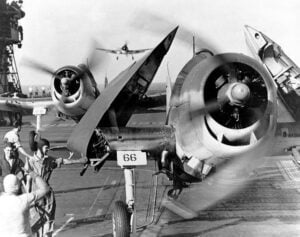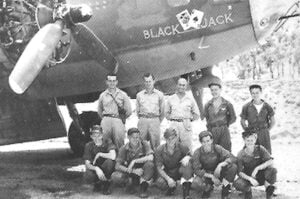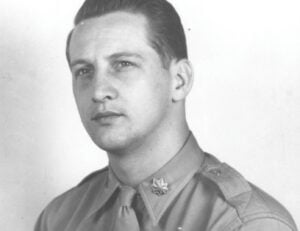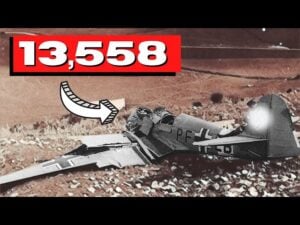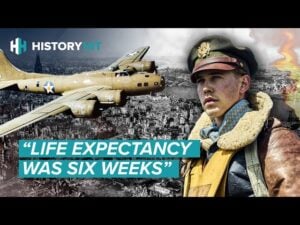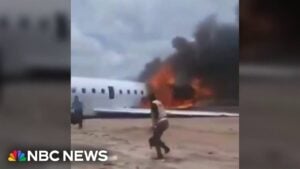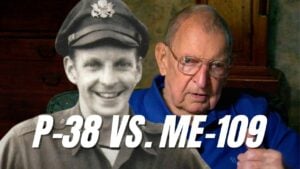The WWII Story of Captain James Howard, the Pilot Who Faced 64 Japanese Planes
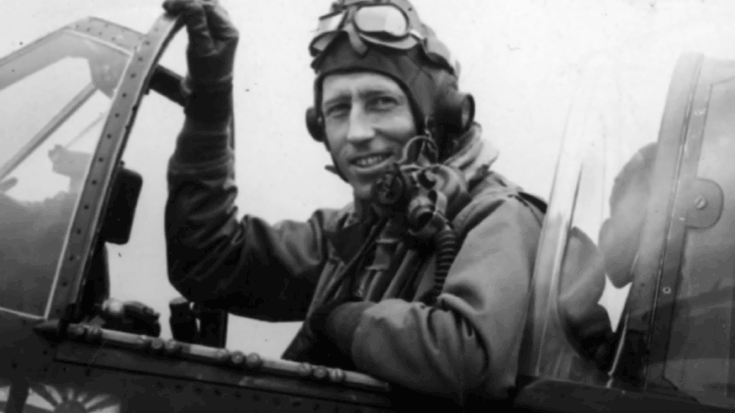
The Odd Historian / YouTube
The Lone Mustang in the Pacific Skies
In the later stages of World War II, air battles over the Pacific became some of the most dangerous in the conflict. On one mission, Captain James Howard of the United States Army Air Forces faced a situation that seemed impossible. Flying his, he confronted an estimated 64 Japanese aircraft while escorting B-29 Superfortresses on their way to strike a target.
The B-29s were flying in tight formation at high altitude, their silver bodies leaving long contrails that stretched across the morning sky. Beneath them, the Pacific Ocean glittered under the sun. Ahead, Japanese fighters—among them Kawasaki Ki-61s, nimble Ki-44s, and Mitsubishi A6M Zeros—were already closing in. The bombers carried fuel and heavy bomb loads, making them vulnerable without strong fighter protection. When Howard realized his squadron was scattered too far to intercept in time, he chose to attack alone.

Against Impossible Odds
Over the radio, his voice was steady: “This is Howard. I’m going in.” With those words, he banked into the oncoming wave. The first bursts from his six .50 caliber machine guns tore into an enemy wing, sending a fighter spinning in flames. Seconds later, he downed another with a short, precise burst. The Japanese formations, disciplined and coordinated, regrouped and came at him again. Howard used the Mustang’s high-speed climb and agility to stay one step ahead, turning the sky into a swirling battlefield of tracer fire, smoke, and flashing wings.
From the bombers, crewmen watched in disbelief. One voice crackled over the radio: “That one Mustang’s in the middle of them all.” Round after round slammed into his fuselage, yet Howard never gave his opponents a steady target. Each maneuver was instinct shaped by years of training, every decision made in fractions of a second.
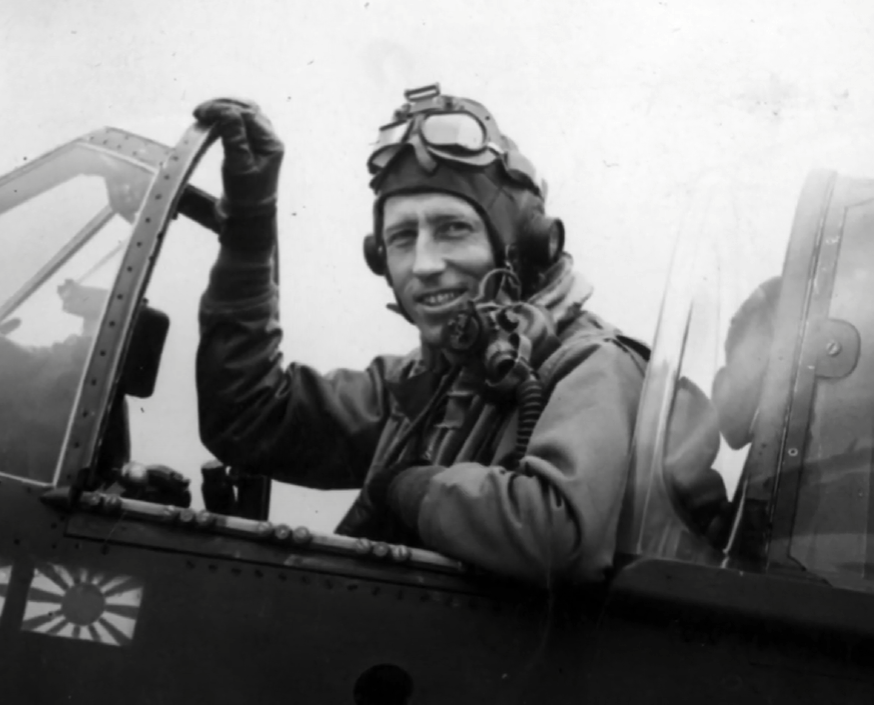
A Fight Without End
The battle stretched on as Japanese fighters pressed from every side. Howard’s bursts struck home again and again, forcing enemy aircraft to break off their runs on the bombers. At times, he was nearly overwhelmed, pulling violent turns that strained his body under crushing g-forces. When a fighter overshot, he reversed instantly, sending it spiraling toward the sea. Another Zero nearly collided with him in a head-on pass, its wingtip trailing smoke as it dove away.
But Howard’s ammunition was running out. One by one, his guns clicked empty. Soon there were no rounds left. The logical choice was to withdraw, but instead, he threw Ding Hao back into the fight. Even without bullets, he dove at attackers, forcing them to scatter. Japanese pilots, uncertain if he had reloaded or simply thrown off by his relentless charge, broke away each time he pressed in.
Holding the Line
From the B-29 formations, gunners watched the lone Mustang weaving through the enemy. One crewman later described it as if a single fighter was “playing tag with the whole Japanese air force.” The bombers pushed forward, their losses minimal, shielded by Howard’s determination. Finally, the attackers began to peel away, their chance to destroy the formation slipping away as the target drew closer.
Exhausted, Howard leveled beside the bombers and raised a brief salute through the canopy. A voice from one of the crews came back over the radio, filled with gratitude: “Thanks, Mustang. We’d have been finished without you.”
Back on the ground, his actions would bring recognition and the Medal of Honor. Yet in the cockpit, as the smell of gunpowder lingered and the Pacific stretched endlessly below, what mattered most was simple—the bombers had survived because he refused to turn away.














